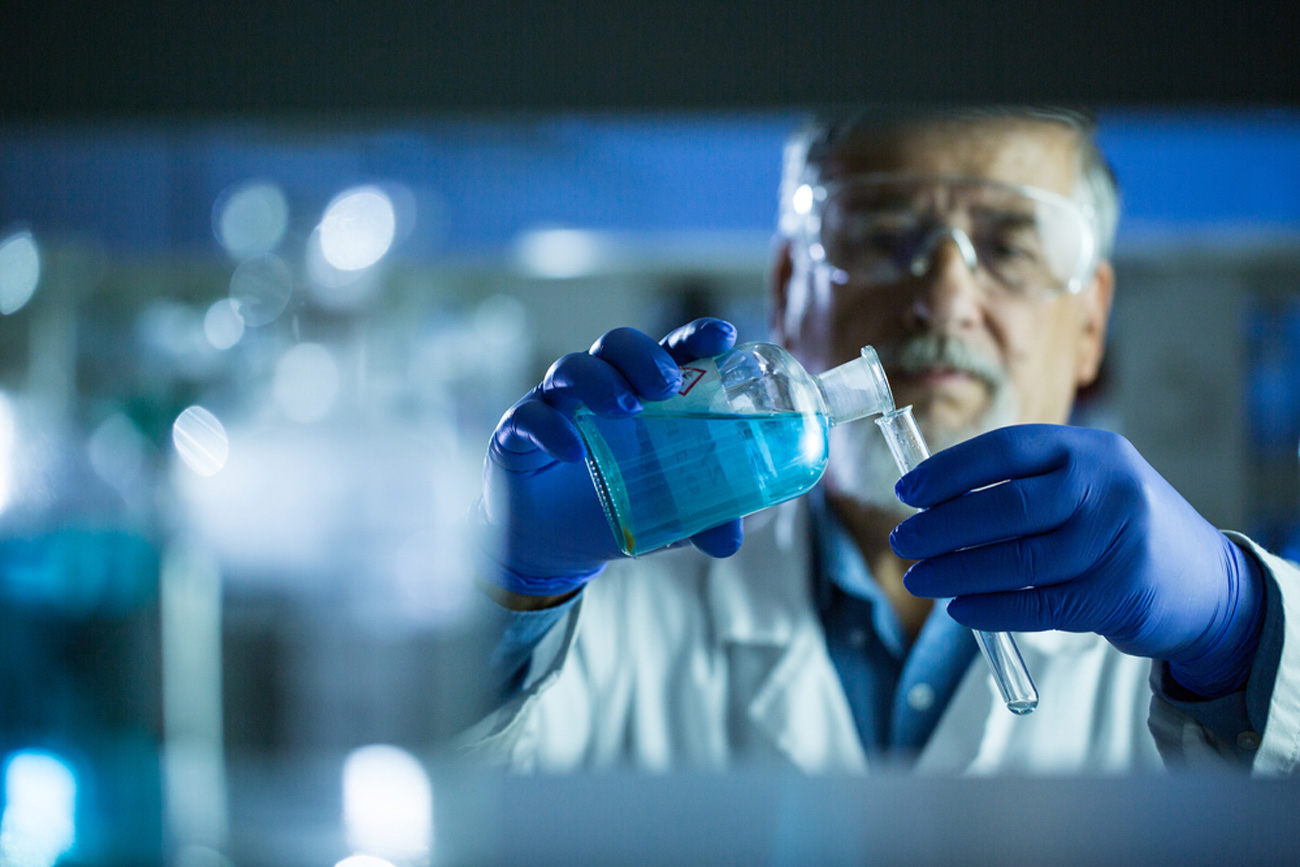Penile foreskin innovation can end animal testing, say Siberian researchers

“The results of experiments on animals cannot be fully extrapolated to humans; we are different species, and react differently.”
Shutterstock/Legion MediaSiberian scientists have developed a system to extract cells from a male's penile foreskin in order to grow artificial human skin. This research was made possible thanks to a $537,000 grant from Russia's Ministry of Education and Science.
“We use skin that [cosmetic surgery] patients do not need and which is removed for cosmetic considerations or urological reasons,” said Alexander Rusanov, deputy director at Perspektiva, a non-commercial research organization in Novosibirsk.
Why foreskin?
Foreskin cells divide faster and more actively than cells from other parts of the body. “Thanks to this, we can produce cell material at a faster pace and in greater amounts,” Rusanov said.
On the day of cosmetic surgery researchers provide surgeons with special shipment containers, and the biological material is promptly delivered to the laboratory where it will grow cells over a period of 14 days.
The resulting pieces of artificial skin measure one-third of a square millimeter in area. While scientists say they can grow a larger piece, this size is enough for testing perfumes, creams, and ointments.
Artificial skin is nearly identical to human skin but does not contain any imperfections and it duplicates a completely even layer. Perspektiva said it can grow 100 to 200 samples per week, and the process only requires a team of two specialists. A single sample is priced at around $16.
Save the rabbits
According to animal rights organizations, about 100 million animals die each year in experiments around the globe to test various substances. Rabbits are most often used, and they are kept in cages for several weeks and are normally destroyed soon after the experiments.
Scientists, however, believe that such tests are not entirely reliable and accurate. “The results of experiments on animals cannot be fully extrapolated to humans; we are different species, and react differently,” Rusanov said. “The new artificial skin that we developed allows for more reliable results because we are working with real human skin cells.”
The Siberian artificial skin, however, cannot be used for transplantations. “These are biological products for correcting skin defects,” Rusanov said. “While our procedure uses human cells, the artificial skin does not imitate the complex structure of genuine human skin.“
Read more: Russian sailor posts photos of fantastic beasts caught in the sea>>>
Subscribe to get the hand picked best stories every week
All rights reserved by Rossiyskaya Gazeta.
Subscribe
to our newsletter!
Get the week's best stories straight to your inbox
